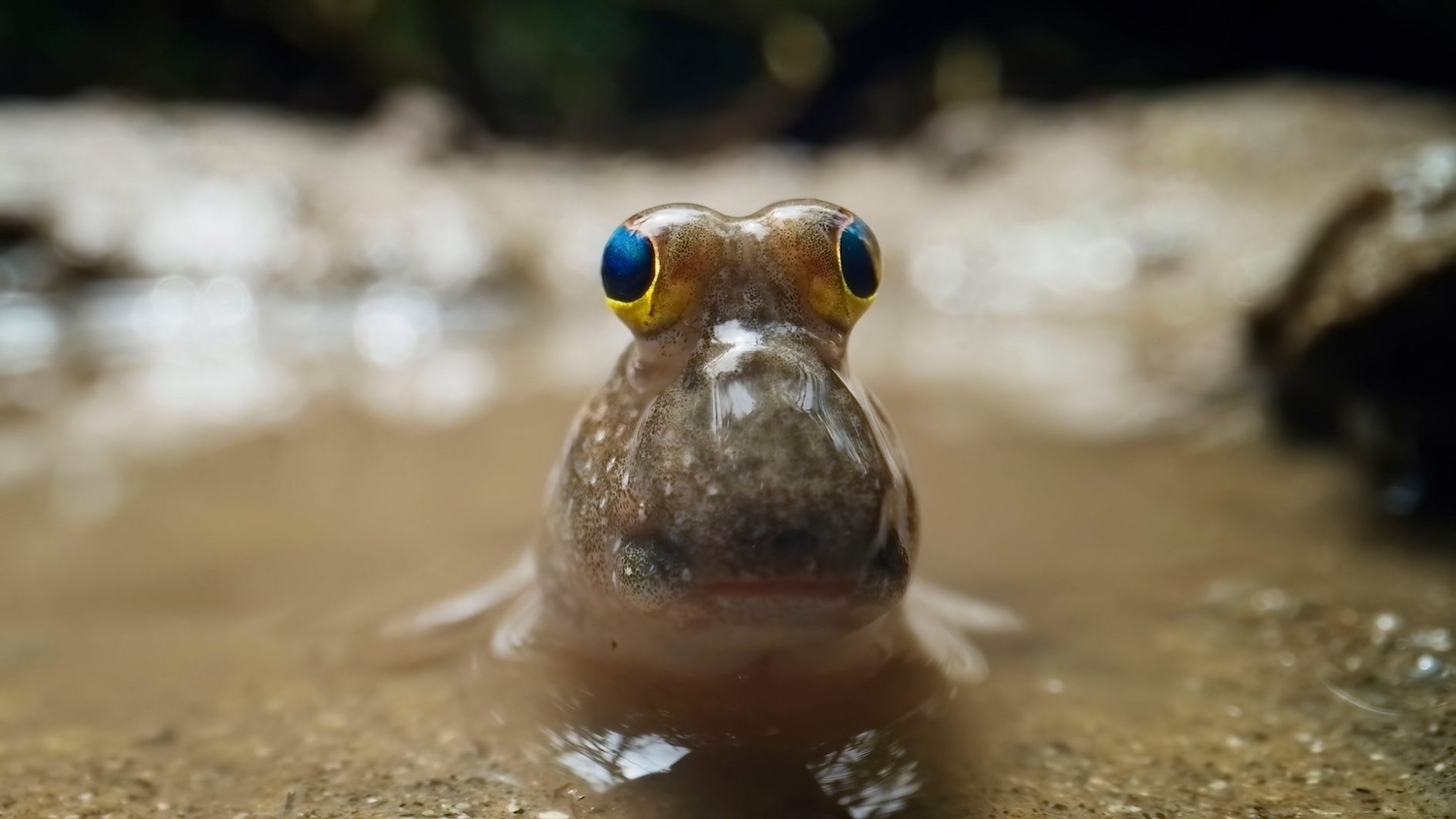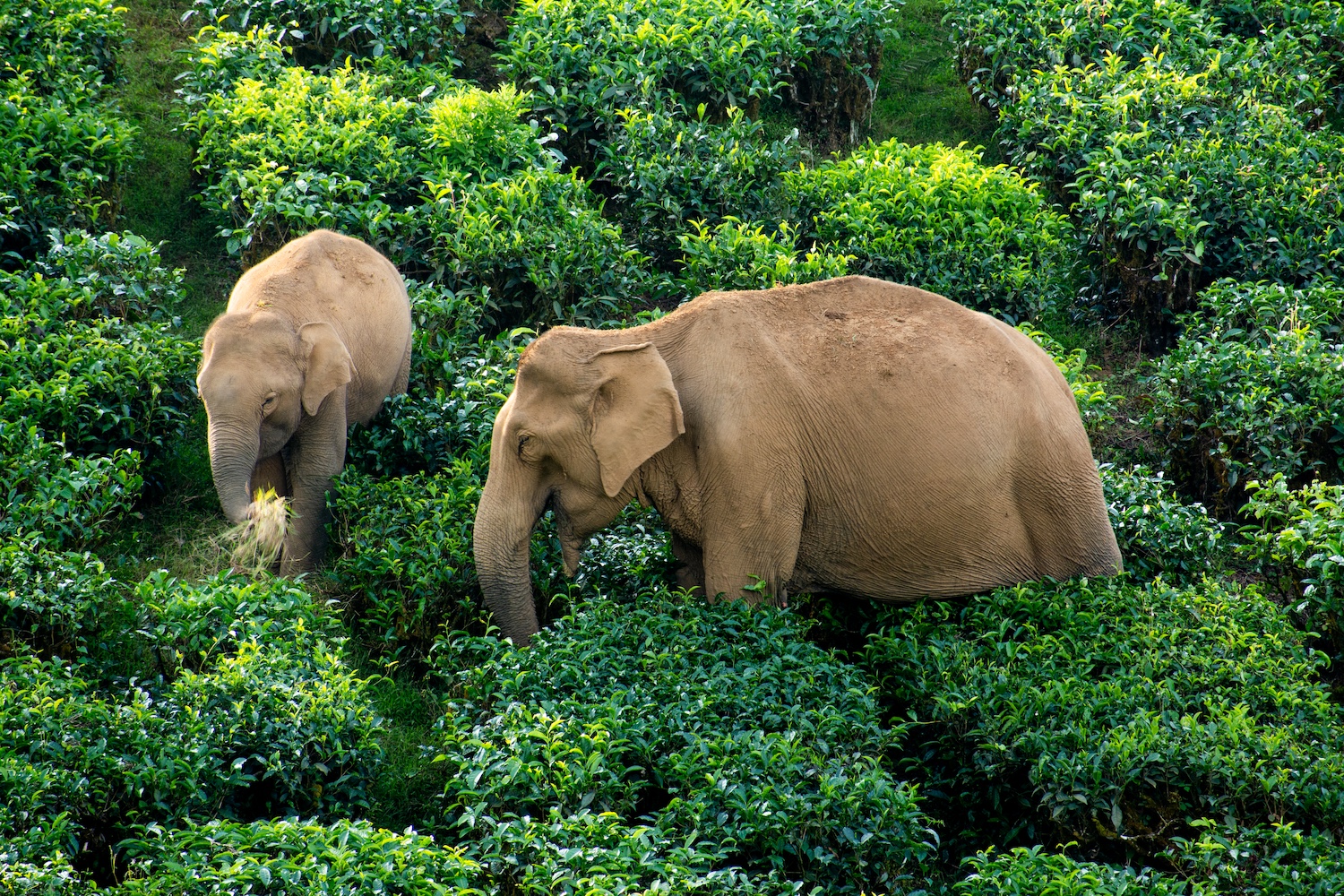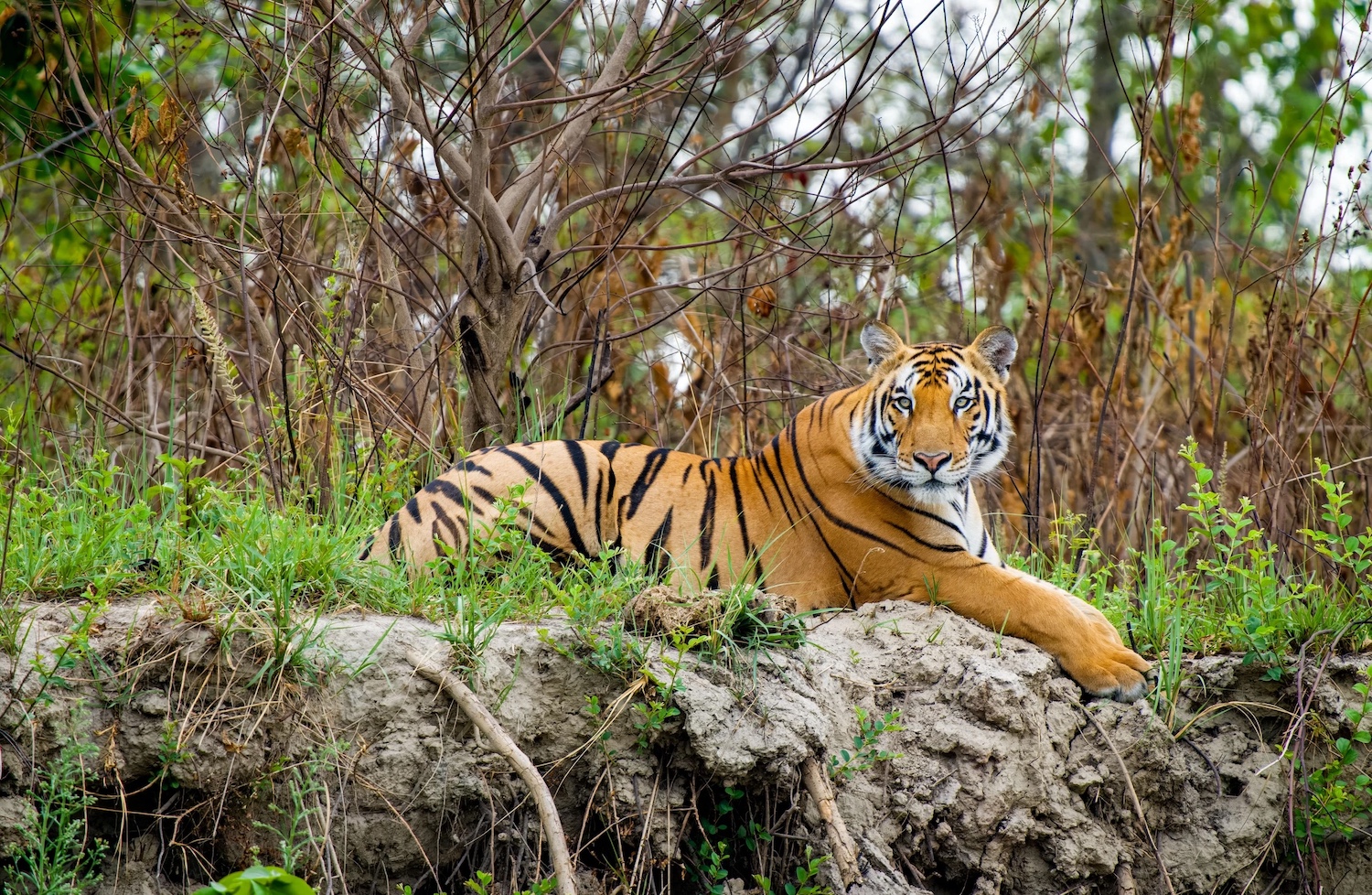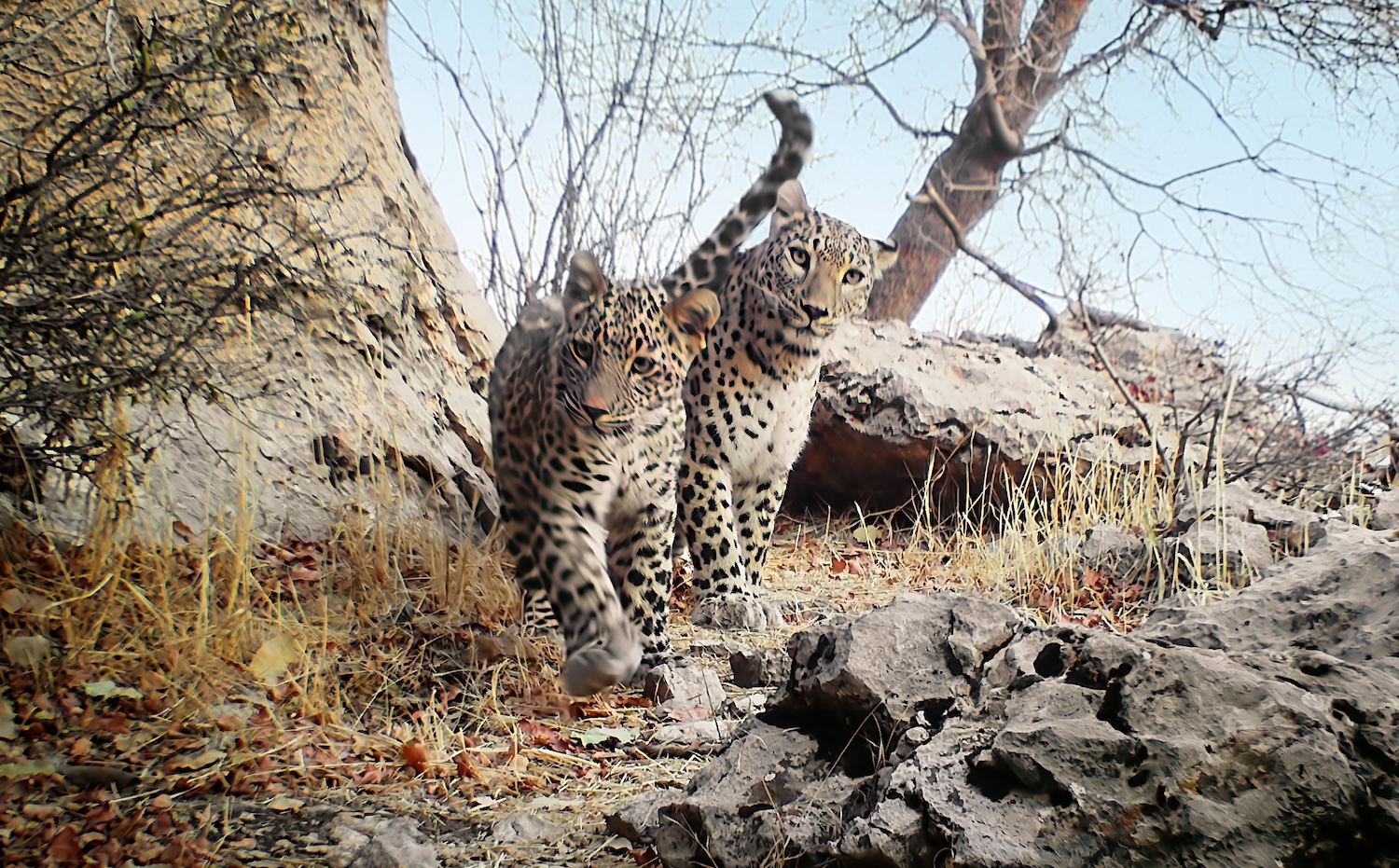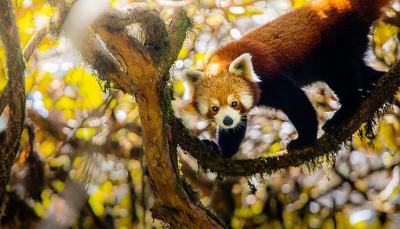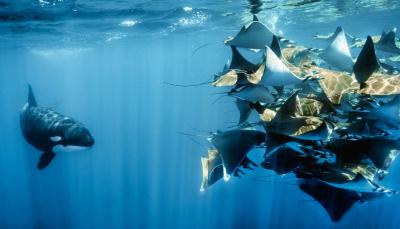'Planet Earth: Asia' is a Work of Art & Science
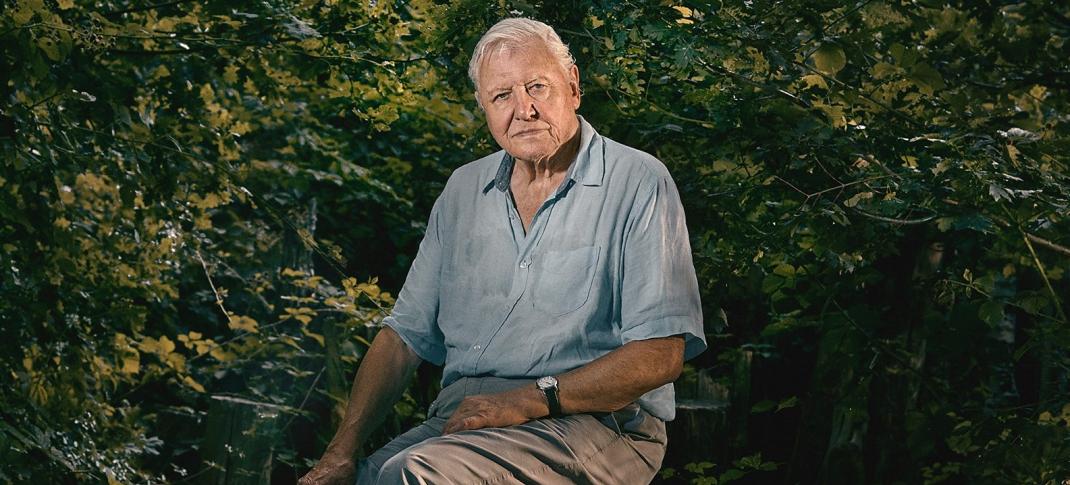
David Attenborough in 'Asia'
© Sam Barker/BBC
David Attenborough’s new series, Planet Earth: Asia (simply titled Asia in the U.K.), is a thrilling, gorgeous paean to the earth’s largest continent. Four years in the making, Asia explores the continent in depth for the first time, including its thousands of miles of coastline, three oceans, and twenty seas, spanning the globe from Arabia to the edge of the Pacific. An additional episode, “The Making of Asia,” goes behind the scenes and the camera with the skilled production crew, and each episode concludes with a tech segment where the story behind the story is revealed.
Attenborough is as clear-eyed as he always is about the dangers threatening these fragile, complex, and beautiful environments. The opening episode, “Beneath the Waves,” explores Asia’s rich seas, which host sixty percent of the world’s species in abundant coral reefs. Attenborough describes these as bustling ocean cities. Animal behavior is frequently surprising. Moorish Idol fishes pair up to breed but leave the safety of the coral reef to swim in a vast crowd in open water, where sharks are pursued and attacked. By the time the sharks are sated, only a handful of fish remain, and it’s only then that they mate, preserving a delicate balance of species.
Other species are plain weird, like the mudskipper, a land-dwelling fish inhabiting the coasts’ mangrove forests. (One-third of the world’s mangroves grow in Indonesia.) The mudskipper can absorb oxygen through its skin, and flippers on its belly enable it to climb trees and skip across the water. When the male mudskipper spies a potential mate, it builds a breeding burrow, digging out the mud with its mouth, and frequently, rival males will duel.
The shallow seas of the Western Pacific boast the richest concentration of marine life on the planet, as diverse as the Amazon rainforest. It’s easy to forget this environment is on the shipping lane of containers traveling from the Indian Ocean to the Red Sea and the Suez Canal. Occasionally, pollution, such as an Israeli power station that disgorges warm water in the sea, is beneficial. The area has become a shark sanctuary for an endangered species, acting as a maternity home for pregnant females.
From under the sea, Attenborough takes us “above the Clouds” to the most mountainous area of Asia: the Himalayas. The rocky tropical forests of Thailand are home to the largest flock of swifts in the world, which inhabit huge caves. Beneath, a river full of predators waits for the next swift fight to end in a fall. Occasionally, the swifts survive and struggle back onto a safe perch. The Himalayans sprawl over five countries, and in Pakistan’s remote Hindu Kush, the world’s biggest goat, the Markhor Goat, inhabits an almost vertical cliffside environment. The males will fight for hours, weighing up to 400 lbs, with 3’ long curly horns.
Abundant bamboo and kiwi fruits are used as a winter treat to provide food for red pandas. In close family groups, the snub-nosed monkeys of the Eastern Himalayas in China’s Hongyuan Mountains live at high altitudes. They must be the sweetest if they’re the most endangered monkey. Group hugs and affection are essential to survive the cold. Along the western coast of southern India, Asian elephants have adapted to tea plantations, learning to live with a sizable human population. Elephants don’t like the taste of tea, and they have learned to navigate between the bushes, feasting on weeds, thus weeding and fertilizing.
Although the plateau is known as the “Water Towers of Asia,” feeding the Indus and Ganges rivers, there’s evidence the snowmelt is decreasing and rivers are drying up. In "Asia, the Frozen North," we discover the spectacular Lake Baikal of Siberia, the oldest, deepest lake in the world, where winds sculpt fantastic ice shapes. It’s yet another seemingly uninhabitable place, but it’s home to Baikal seals, which adapted to this harsh environment. As the ice shifts, melts, and refreezes, a mother seal has to guide her baby to safety. By blowing bubbles into the ice; we watch as she creates a series of air pockets to guide it to safety.
After watching red-crowned cranes dance on the island of Hokkaido in Japan, we go to the frozen desert of the Tibetan Plateau, where a lone wolf hunts the chiru, the Tibetan antelope. Although they are faster, getting up to 50 mph, the wolf has endurance and can run its prey to exhaustion. To the north, a vast forest, most of it in Asia, encircles the globe, including Russia, China, and North Korea, the home of wild boar, the endangered Amur tiger, and the Blakiston’s Fish Owl, the largest owl in the world. These harsh conditions challenge other birds’ survival, and they may live off frozen sap where deer have stripped the bark.
The Kamchatka Peninsula is on the edge of the Pacific Rings of Fire, a collection of volcanoes in Russia. It’s the world's most significant salmon spawning ground, and bears are in fierce competition for food as hibernation beckons. Baby bears are in particular danger. Amazingly, in central Siberia, it gets colder than Antarctica, but the hardy Ussurian Tube-nosed Bat hibernates in the snow, its heartbeat slowed to once per minute. When the bat wakes, it shivers itself warm to achieve a pulse rate of over 300 per minute.
In North Japan, it can freeze anywhere, including in the sea. Red foxes, the huge Stellers’ sea eagles, and other birds of prey scavenge from fishermen and each other. In Arctic Russia, the sea freezes over an area twice the size of Australia, but it’s no longer predictable. It’s a crisis for polar bears, which hunt from ice, and these ordinarily solitary animals suffer forced proximity in an abandoned Soviet weather station, waiting for ice to blow in from Greenland.
In "Tangled Worlds," Attenborough tells the success story of a rare species: the Bengal tiger, which has doubled its population in the last decade and lives in the monsoon jungles of India and Nepal. The greater one-horned rhino, weighing two tons and with one-inch thick skin, hasn’t been so successful, possibly because one-third of the males die in fighting.
The tropical rainforests of Southeast Asia are some of the oldest on earth, and in Borneo are home to orangutans. Bornean elephants, the smallest variety alive, are tolerated by oil palm plantation owners who have learned to let the animals take over old trees they would otherwise fall. An unusual environment presents itself in Iraqi Kurdistan, where Asiatic wild cats, striped hyenas, and wild pigs inhabit a live minefield. But the most thrilling occupant of this area is the rarely seen Persian leopard. About two dozen are thought to have survived, but the team recorded the first-ever images of a female and the resulting cubs.
As the series continues, Episode 5, "Crowded Continent," explores how humans and animals coexist on the world’s most crowded continent. Elephants have learned how to scrounge for food from motorists, and tigers understand there are rich pickings for the next meal in the cities. Episode 6, "The Arid Heart," introduces the vast arid lands at the heart of the continent, home of the Gobi Bear, one of the rarest animals on earth, and examines how gazelles and wild horses survive predators.
The final episode, "Saving Asia," examines how humans intervene to save threatened species (Did you know that in Japan, orphaned shark embryos are raised in an artificial uterus?) and stamp out the illegal wildlife trade. As we already noted, the final episode, "The Making of Asia," will go behind the scenes with the production team.
This series may be the most ambitious of Attenborough's many projects. It explores huge territories new to most of us and reveals the world's most rare and precious creatures. As always, Attenborough's gracious and informed commentary pleases the ear and the heart.
The seven-part documentary Planet Earth: Asia debuts on Saturday, January 25, 2025, at 8 p.m. ET on BBC America and will stream starting the same day on AMC+. The series will air and stream one episode a week on Saturdays through March.

